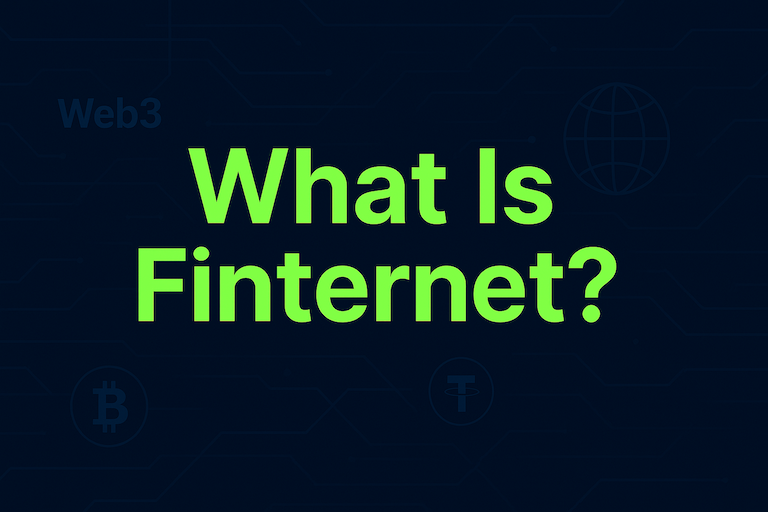What Is Virtual Real Estate? NFTs and the Metaverse
May 21, 2025
Virtual real estate refers to digital land and property within metaverse platforms. These properties are often bought, sold, and owned through NFTs (non-fungible tokens). As more people interact in digital spaces, virtual real estate is emerging as a unique blend of technology, ownership, and online community building. This article explores what virtual real estate is, how NFTs make it possible, and how it fits into the broader metaverse economy.
What Is Virtual Real Estate?
Virtual real estate is digital land or property located inside virtual environments, commonly known as metaverses. Unlike physical land, these spaces exist in 3D digital platforms such as Decentraland, The Sandbox, and Otherside.
Ownership is verified through blockchain technology using NFTs, which prove who owns what parcel of land.
Land in metaverse platforms
Exists as digital assets on blockchain
Bought and sold using cryptocurrency
Ownership confirmed via NFTs
Customisable for business, social, or gaming use
Role of NFTs in Virtual Land Ownership
NFTs are the backbone of virtual real estate. Each plot of digital land is represented by a unique NFT, giving it scarcity and value.
These NFTs can be transferred, sold, leased, or used as collateral—just like traditional property deeds, but on the blockchain.
Verifiable digital ownership
Each land NFT has unique coordinates
Enables peer-to-peer sales and leasing
Stored securely in crypto wallets
Transparent transaction history
Why Do People Buy Virtual Real Estate?
Buyers see virtual land as an investment, a development opportunity, or a form of digital expression. Brands and individuals alike purchase land to build virtual stores, event spaces, or interactive games.
As metaverse adoption grows, digital land is seen as “prime location” in a new type of economy.
Investment in a growing digital economy
Create virtual businesses or experiences
Participate in online communities
Monetise through advertising or events
Early access to digital development opportunities
Risks and Challenges
Virtual real estate is speculative and largely unregulated. Prices can be volatile, and the value depends on the popularity and longevity of the platform.
As with all digital assets, users should be cautious and conduct proper research before investing.
Platform dependency and obsolescence
Regulatory uncertainty
High market volatility
Technical barriers for non-crypto users
Scams or misleading projects
Conclusion
Virtual real estate combines blockchain, NFTs, and immersive platforms to create a new digital economy. As the metaverse expands, owning digital land may become more common—but it remains a high-risk, high-concept innovation that requires careful attention.
Now that you understand virtual real estate, explore it with a balance of curiosity and caution.
Start your safe cryptocurrency journey now
Fast and secure deposits and withdrawals, OSL safeguards every transaction !


